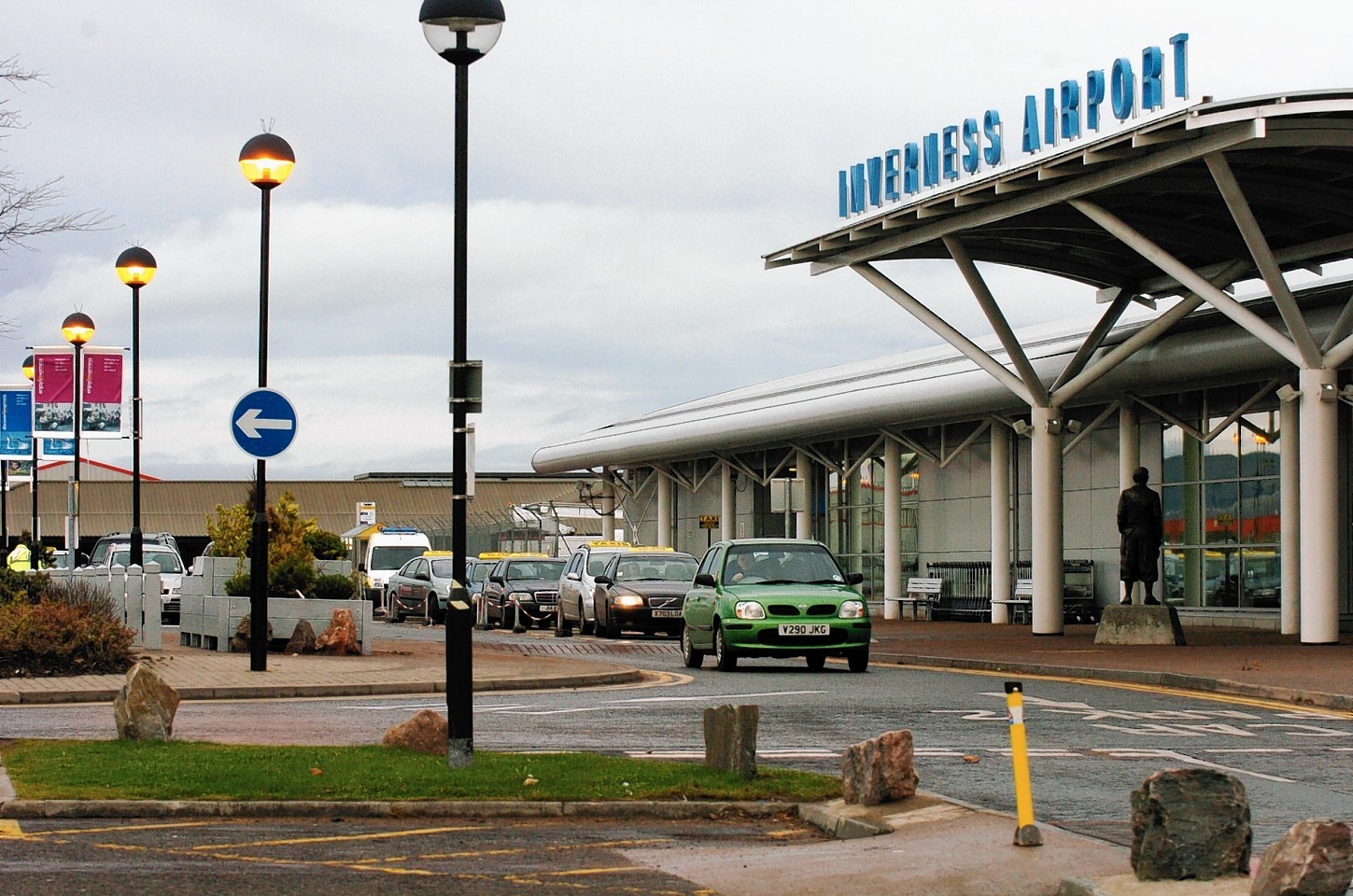A massive area of the Highland sky could become controlled airspace under new proposals by Inverness Airport.
The airport is seeking permission to become just the fifth in Scotland to have control of what traffic is allowed to use the sky in the area surrounding it, joining Glasgow, Prestwick, Edinburgh and Aberdeen.
However, the move has angered local flying enthusiasts who have accused the airport of attempting to perform an “airspace grab”.
The Ministry of Defence has also previously objected to the plans because of concerns about their aircraft on exercise in the area.
At present, Inverness operates in Class G or uncontrolled airspace which means aircraft do not need to inform air traffic control of their intentions, apart from a small area around the airport.
Operators Highlands and Islands Ltd (Hial) will next week launch their final consultation on proposals to upgrade the controls to Class D, which will mean all aircraft operating in a certain area will have to be cleared with air traffic controlling before entering.
Hial are applying to extend this area to an area stretching to about 17 miles from Dalcross.
Hial say that the changes are necessary on safety and efficiency grounds due to the increased number of aircraft flying to the airport.
However, leisure fliers have hit out at the plans, saying they do not consider the needs of smaller aircraft and gliders.
The previous round of consultation attracted 99 objections, with many coming from the gliding community including governing body the British Gliding Association.
Local clubs also objected – including the Cairngorm Gliding Club.
They are yet to go through the revised plans in detail – but Nick Norman from the club said Hial appears not to have listened to their concerns.
He said: “The fact is that the consultation does not take into account the needs of the gliding community.
“The report completely fails to even mention gliding.”
Another local flying enthusiast, who asked not to be named, was scathing in his criticism of the plans.
He said: “I would describe it as an airspace grab by Hial.
“It’s completely unnecessary, it’s just the airport getting delusions of grandeur and thinking they are a bigger player than they are.”
Once the current consultation period is complete, Hial will submit finalised plans to the Civil Aviation Authority for consideration.
A Hial spokesman said: “The team at Hial are committed to continuing to deliver a range of benefits to the area and Scotland through our network of services at both national and international levels.
“Part of that process is to engage and listen to the views of people in the area where there are operational changes around the airport which are important in the way we deliver those services.
“The ambition here is to deliver a proportionate sector of controlled airspace around the airport where aircraft in the area are required to inform air traffic control at Inverness of their intentions and that will ensure we maintain levels of safety and enhanced operational efficiency for all airspace users.
“We are encouraging people to go to the Hial website and share their views before we submit our proposals to the Civil Aviation Authority for their approval.”
